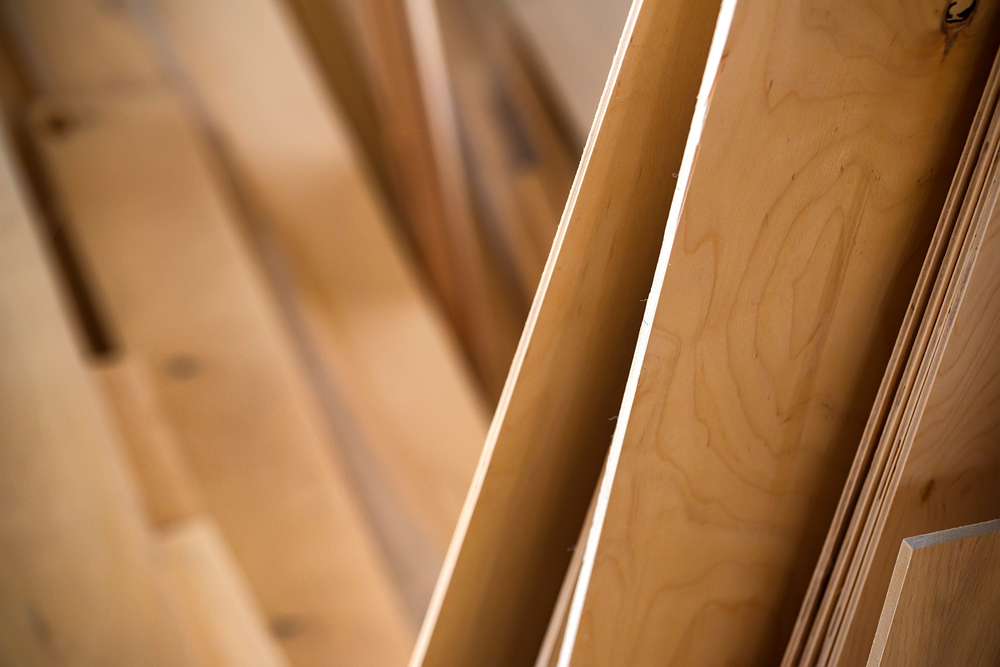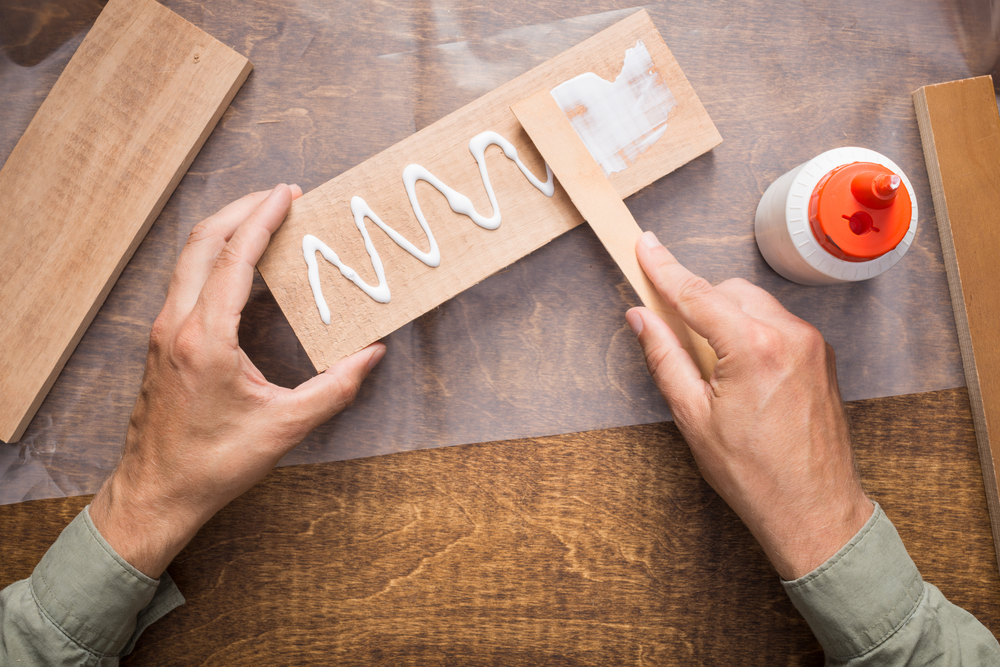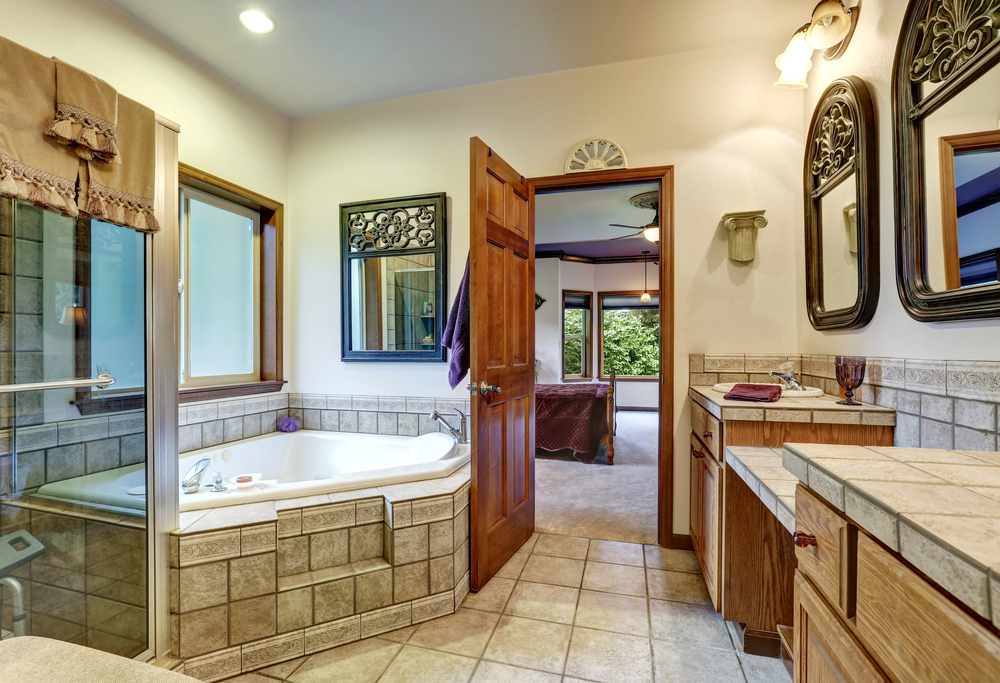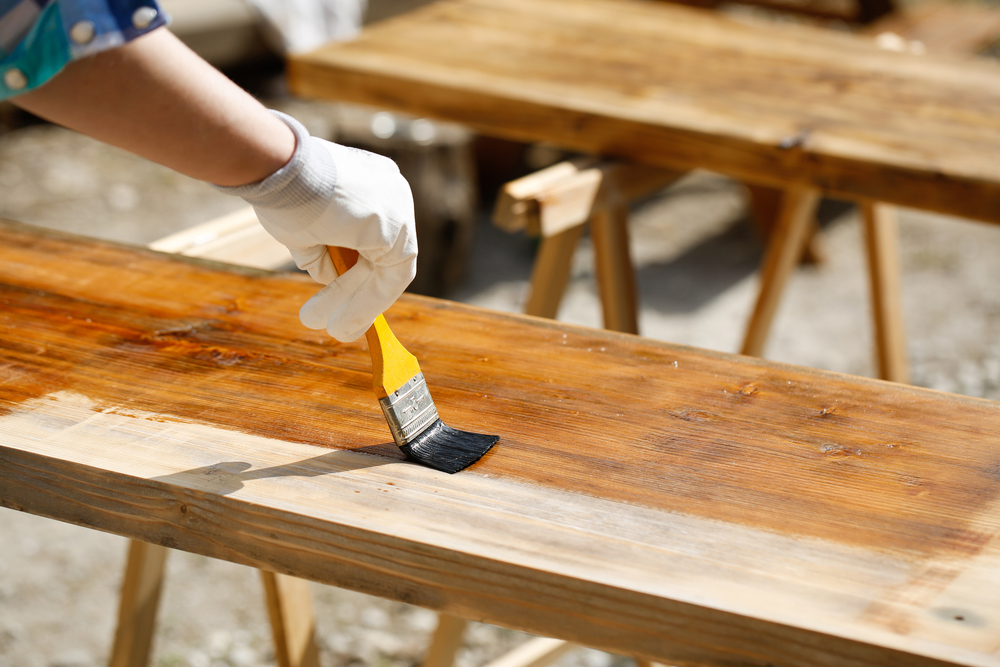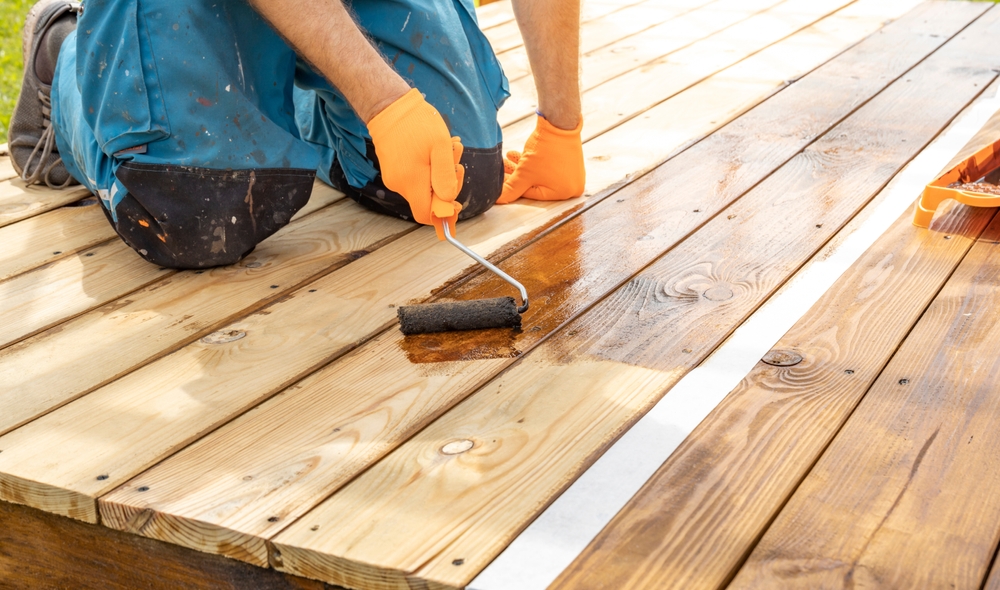Metal Windows: A Comprehensive Overview
Metal Windows: A Comprehensive Overview
Metal windows have been a staple in construction for centuries. They offer durability and a sleek appearance. This article delves into the various aspects of metal windows, from their history to their modern-day applications.
A Brief History of Metal Windows
The use of metal in window construction goes back to the medieval period. During that time, iron was the primary metal used, especially in Gothic architecture. Wrought iron allowed for intricate designs and strong support. In the 19th century, the development of steel and aluminum redefined window making.
Post-Industrial Revolution, metal windows became more popular. Factories started mass-producing steel-framed windows. The use of aluminum windows began in the early 20th century, thanks to its lightweight and resistance to rust. Metal windows thus became a symbol of modernity and progress.
Materials Used in Metal Windows
Steel
Steel is strong and provides excellent security. It can support large panes of glass, making it ideal for expansive windows. Steel windows are often seen in industrial and commercial buildings. They also fit well in modern homes. One downside is that steel can rust, but with proper maintenance, it can last a long time.
Aluminum
Aluminum is lightweight and resistant to corrosion. It requires minimal maintenance and can be easily shaped into various designs. This makes it a popular choice for residential buildings. Aluminum windows are energy-efficient and can support double or triple glazing. However, they are less strong than steel and may dent or scratch more easily.
Bronze
Bronze windows are a less common but luxurious option. They offer excellent durability and add a unique aesthetic. Bronze does not corrode easily and develops a beautiful patina over time. It is typically used in high-end residential or historical restoration projects.
Advantages of Metal Windows
Metal windows offer several benefits. They are durable and can withstand harsh weather conditions. Their strength allows for larger window panes, which means more natural light. Metal windows also provide better security compared to wooden frames.
Metal frames are fire-resistant. This adds an extra layer of safety. The material is also recyclable, making it an environmentally friendly option. Modern metal windows are often coated with special finishes that increase their longevity and aesthetic appeal.
Disadvantages of Metal Windows
Despite their advantages, metal windows have some drawbacks. Steel windows can rust if not properly maintained. Rust can compromise the strength of the frame. Aluminum windows, while resistant to rust, can be prone to condensation. This can lead to mold growth if not addressed.
Metal windows can be more expensive than other materials. They also have lower insulation properties. This can result in higher energy costs for heating and cooling. However, advancements in technology are addressing these issues with better designs and materials.
Common Applications of Metal Windows
Residential Homes
Metal windows are found in many modern homes. Their sleek and minimalist design appeals to contemporary aesthetics. They are also used in historical homes undergoing restoration. Metal frames can mimic the appearance of traditional windows while offering modern benefits.
Commercial Buildings
In commercial spaces, metal windows are preferred for their durability and security. They can support large glass panels, ideal for storefronts and office buildings. The need for low maintenance is another reason they are popular in commercial construction.
Industrial Spaces
Factories and warehouses often use steel-framed windows. These windows can endure heavy use and exposure to industrial chemicals. Their strength allows for large, uninterrupted views, which are beneficial in expansive industrial settings.
Installation and Maintenance
Proper installation is crucial for metal windows. It ensures the frame will perform well and last long. Professional installation is recommended. The process typically involves securing the frame and installing the glass panes. Weatherstripping is added to improve insulation and prevent leaks.
Maintenance of metal windows involves regular cleaning and inspection. Steel windows may need periodic painting to prevent rust. Aluminum frames should be checked for scratches. Special cleaning solutions are available for bronze windows to maintain their patina.
Recent Trends in Metal Windows
There is a growing interest in sustainable building practices. Recycled metals are increasingly used in window frames. This reduces the environmental impact. Another trend is the use of thermally broken frames. These frames have a barrier that reduces heat transfer, improving energy efficiency.
Custom designs are also becoming popular. Homeowners and architects are exploring unique shapes and sizes. Advances in manufacturing allow for more intricate designs and finishes. These trends show that metal windows continue to evolve and adapt to modern needs.
Conclusion
To sum up, metal windows offer numerous benefits. They are durable, secure, and aesthetically pleasing. While they come with some challenges, proper maintenance and advancements in materials have made them a versatile choice for many types of buildings. Whether for residential, commercial, or industrial use, metal windows continue to be a reliable and stylish option.

